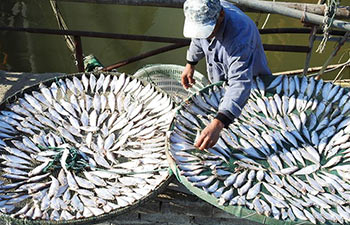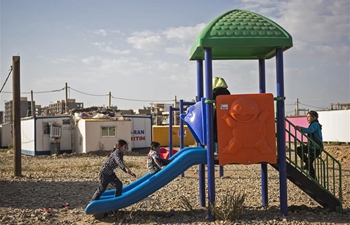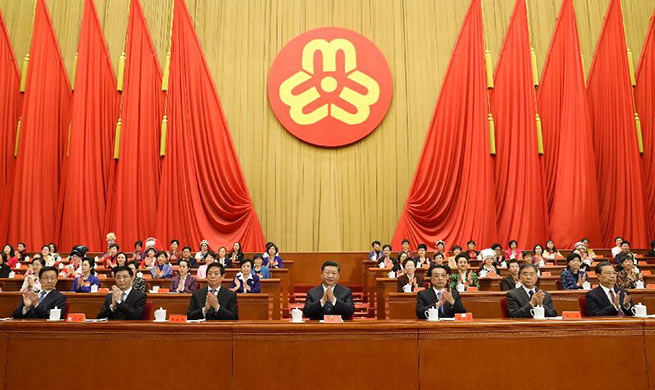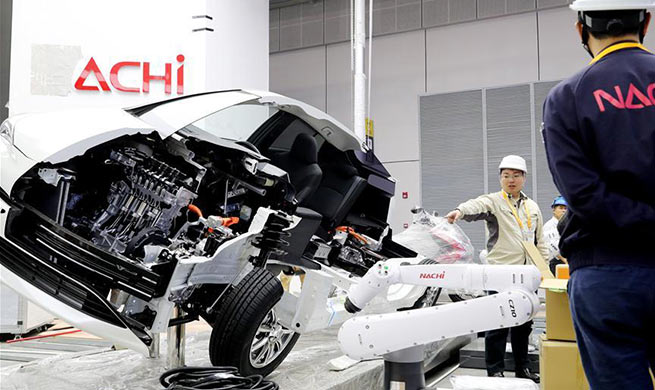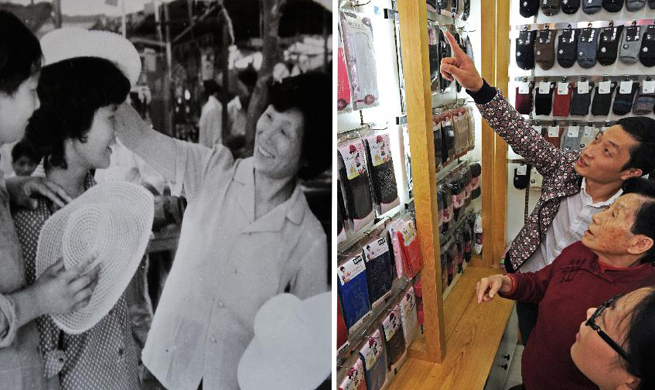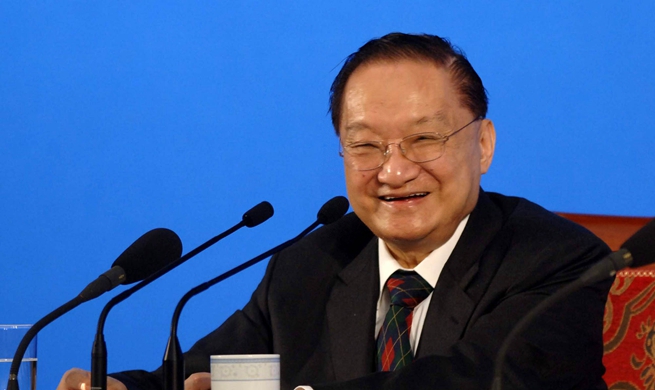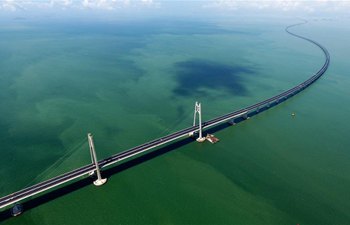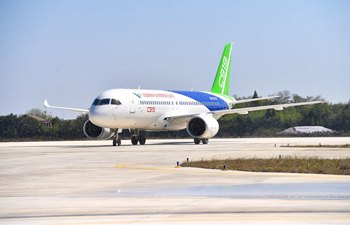SEOUL, Oct. 31 (Xinhua) -- South Korea's industrial output posted the fastest fall in five and a half years in September amid the lackluster private consumption, a government report showed Wednesday.
Production in all industries retreated 1.3 percent in September from the previous month, marking the fastest decline since March 2013, according to Statistics Korea.
The mining and manufacturing industries saw output drop 2.5 percent in September from a month earlier, posting the biggest reduction in 19 months on soft demand for automobiles and electronic parts.
Auto production tumbled 4.8 percent on weak demand in the domestic market, while the electronic parts production plunged 7.8 percent on falling export of display panels.
Shipment in the manufacturing industry fell 0.7 percent. Inventory among manufacturers reduced 1.2 percent on a monthly basis.
Production in the services sector was unchanged in September from the prior month on weak activity in the retail and wholesale sector.
Retail sales, which reflect private consumption, dipped 2.2 percent in the month, the biggest fall in nine months. It was a downturn in four months.
Automobile sales plummeted 12.4 percent last month, logging the fastest slide in 20 months. Demand for cosmetics and consumer electronics also worsened.
Facility investment grew 2.9 percent, rebounding for the first time in seven months. It was attributable to a one-off factor as the country's memory chip giant SK Hynix completed the construction of its new factory.
From a year earlier, the facility investment sank 19.3 percent in September. Excluding the semiconductor equipment, the investment in facilities fell in September from a month earlier.
Construction completed shed 3.8 percent in September from the prior month as the government unveiled measures to control speculative investment in the real estate market.
The cyclical factor for coincident indicators, which gauge current economic conditions, fell 0.3 points over the month to 98.6 in September, the lowest since June 2009 when the global financial crisis affected the South Korean economy.
The figure continued to fall for six months since April, indicating that the economy may have fallen into recession.
The cyclical factor for leading indicators, which reflect future economic situations, also shed 0.2 points in September from a month ago.
Amid the weak economic indicators, the Bank of Korea (BOK) could hesitate to raise its benchmark interest rate in November.
The BOK froze its policy rate at 1.50 percent earlier this month, revising down its 2018 growth outlook to 2.7 percent from 2.9 percent estimated three months earlier.
However, the central bank indicated a rate increase next month as two of the seven monetary policy board members claimed a 25-basis-point rate hike.
The BOK refrained from altering its target rate since the bank hiked the rate to the current level in November last year from an all-time low of 1.25 percent.
Pressures mounted on the BOK to tighten monetary policy as the U.S. Federal Reserve raised its benchmark rate in September to a range of 2.00-2.25 percent, widening a gap between policy rates of South Korea and the United States.
